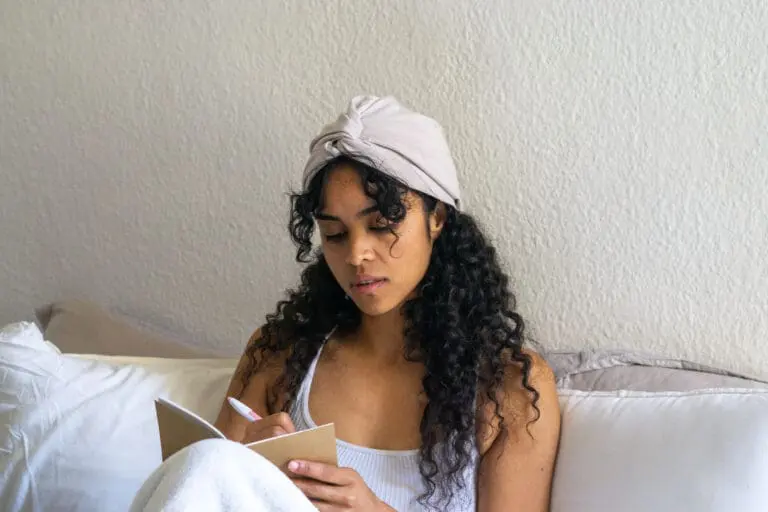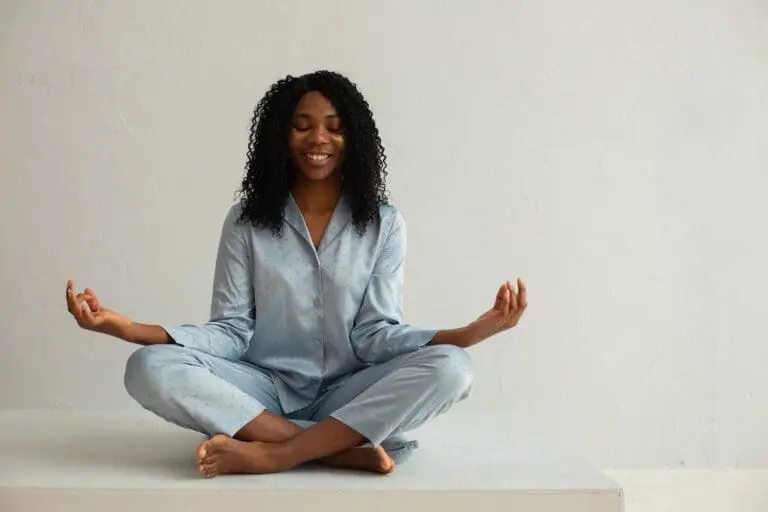
The Relationship Between Sleeping Positions and Facial Wrinkles
If you’re like most people, you’ve probably heard a lot about the importance of sleep for overall health and wellness. But did you know that sleep can also have a major impact on the health and appearance of your skin? Specifically, the position you sleep in can play a huge role in the development of facial wrinkles over time. In this article, we’ll take a closer look at the science behind sleep and skin health, how sleep position affects wrinkles, and some tips for reducing and preventing them.
The Science Behind Sleep and Skin Health
Before we dive into the details, let’s take a moment to explore the connection between sleep and skin health. When we sleep, our bodies go through several stages of rest, including a deep stage known as REM (Rapid Eye Movement) sleep. During this time, our skin cells regenerate and repair, collagen production is boosted, and blood flow to the face is increased. All of these processes help keep our skin looking healthy, supple, and youthful.
On the other hand, poor sleep quality or insufficient sleep can lead to a range of skin issues, from puffiness and dark circles to dryness and premature ageing. In short, getting a good night’s sleep is essential for maintaining healthy skin.
How Sleep Position Affects Facial Wrinkles
Now let’s take a closer look at how the position you sleep in can impact the development of facial wrinkles. When you sleep on your stomach or side, for example, your face is pressed against a pillow for hours at a time. Over time, this pressure can lead to the formation of wrinkles and creases in certain areas, such as the forehead, cheeks, and chin. Not only that but sleeping in these positions can also cause fluid to pool in certain areas, leading to puffiness and dark circles under the eyes.
On the other hand, sleeping on your back is generally considered the best position for reducing the risk of wrinkles. When you sleep on your back, your face is free from any direct pressure or friction against a pillow, which can help minimize the potential for fine lines and wrinkles to form over time. However, for some people, sleeping on their back can be uncomfortable or even exacerbate snoring or other sleep issues.
Tips for Reducing Facial Wrinkles While Sleeping
If you’re concerned about the impact of sleep on your skin’s appearance, there are several things you can do to minimize the risk of facial wrinkles. Here are a few tips to get you started:
- Try to sleep on your back if possible, using a small pillow or rolled towel to support your neck if necessary.
- Invest in a high-quality silk pillowcase, which can help reduce friction and moisturize your skin overnight.
- Apply a moisturizer before bed to hydrate and protect your skin from dryness and damage.
- Consider using a specialized pillow designed to reduce pressure on your face and prevent wrinkles.
- Stay hydrated throughout the day, as dehydration can cause the skin to lose its elasticity and become prone to wrinkles.
Conclusion
In summary, the way you sleep can have a significant impact on the development of facial wrinkles over time. By adopting good sleep hygiene habits and considering the position you sleep in, you can help reduce your risk of wrinkles and enjoy healthier, more youthful-looking skin.
We hope this article has provided some valuable insights and tips for protecting your skin while you sleep. As always, we encourage you to share your own experiences and tips in the comments below. And for more information on products or services related to sleep or skin health, feel free to reach out to us directly.



Really interesting!I’m going to pay attention to how I sleep now 🙂